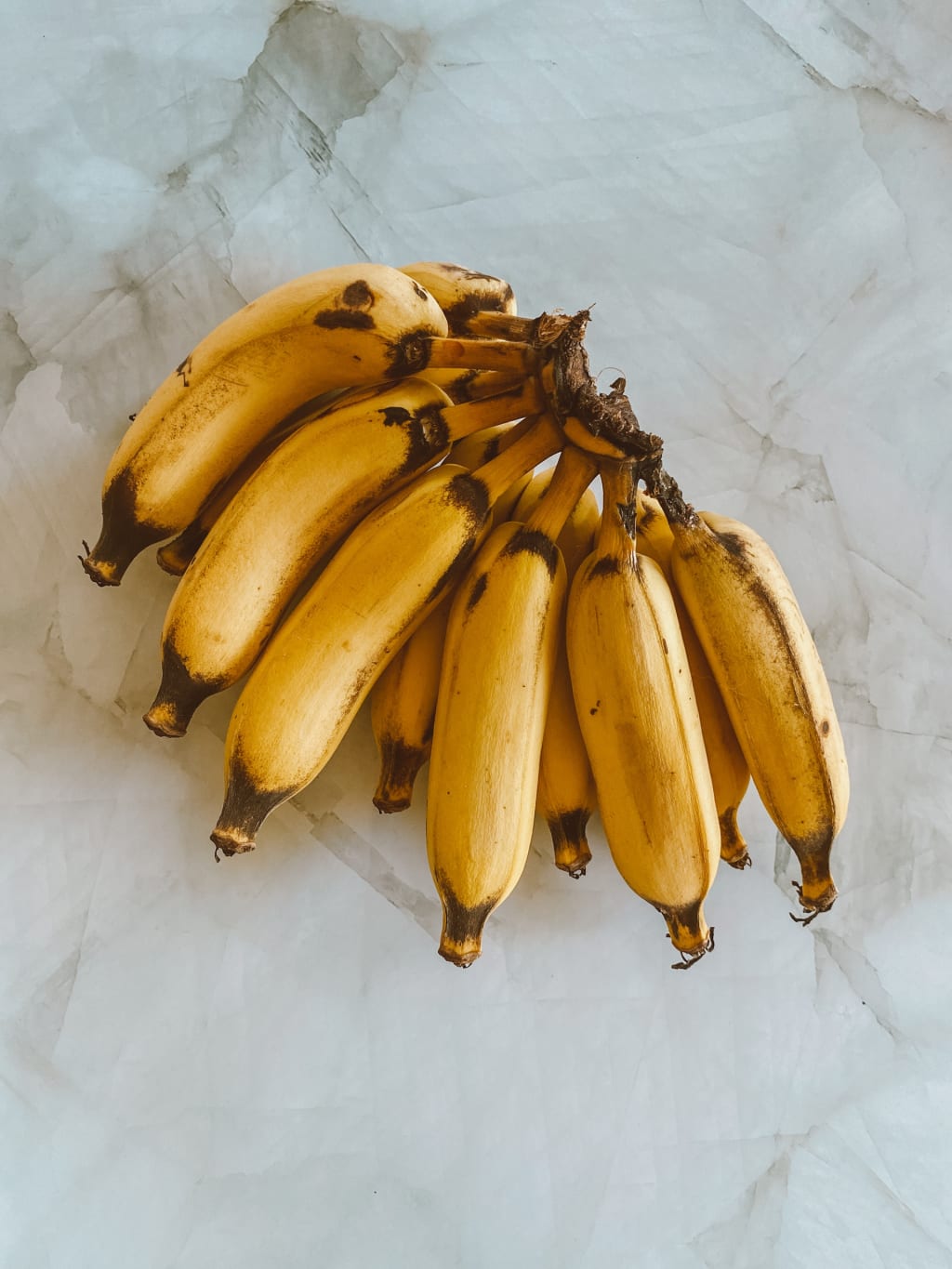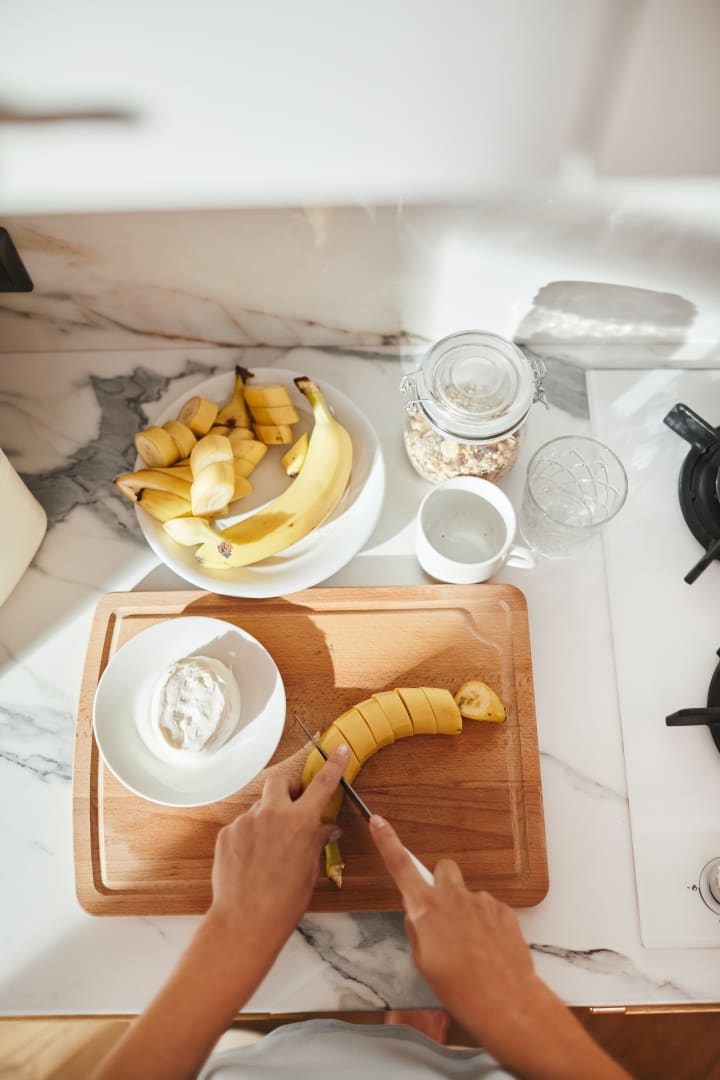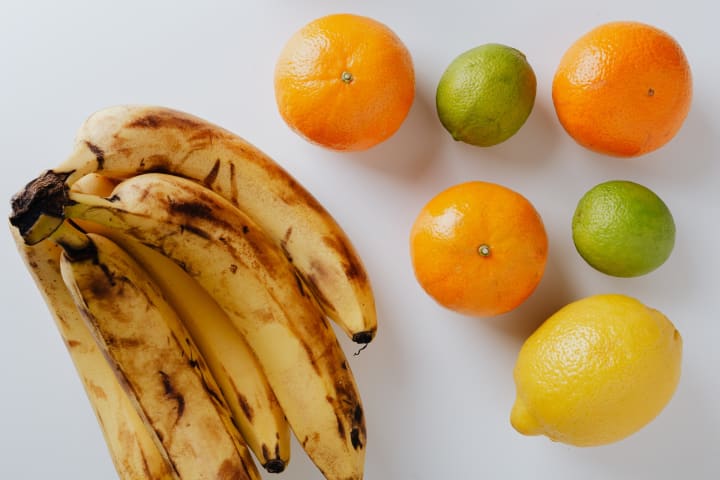Why do bananas get brown spots?
What those brown spots really mean

You reach for that perfect bunch of bananas you just bought a couple of days ago, only to find them covered in some “mysterious” brown spots. It's frustrating, isn’t it? You wonder if they're still good to eat, or if you've somehow failed at the simple task of storing bananas.
These brown spots aren't just random blemishes, they’re simply a sign of the banana’s maturation. Let’s take a deeper dive into why this happens.
A brief overview of banana maturation
Bananas, like many fruits, go through a ripening process after they're harvested. When you buy them, they might be greenish-yellow, but over time, they transform into that vibrant yellow color, and eventually, brown spots appear. Here's what's happening.
- Bananas naturally produce starches. As they mature, these starches convert into sugars, making them sweeter. This is why overripe bananas are often used in baking — they're naturally sweeter than the ones that are “just-ripe”.
- The ripening isn't magic, it's chemistry. Bananas release a hormone called ethylene gas. This hormone accelerates the ripening process. It's not only bananas that do this — many fruits release ethylene.

External factors contributing to brown spots
While the internal chemistry of bananas plays a big role in their browning, several external factors can influence the pace and extent of this process.
1. Temperature - the warmth connection
Bananas ripen faster in warmer environments. This is because heat accelerates the biochemical reactions that cause browning. In contrast, cooler temperatures slow down the ripening process. This is why bananas can last longer in a cool pantry compared to a hot kitchen counter.
2. Storage - the group effect
If you've ever heard the saying, "One bad apple spoils the bunch," ethylene is the culprit. When bananas (and other fruits) are kept together, they collectively release ethylene, which results in faster ripening and subsequently, quicker browning.
3. Physical damage - the bruising impact
Any physical damage to the banana, whether it's from dropping, squeezing, or external pressure, can result in bruising. These bruises appear as dark spots because the damage accelerates the enzymatic browning process in that specific area.
How to slow down the browning process
To slow down the ripening and browning process, store bananas in a cool, dry place away from other fruits and vegetables.
While you shouldn't refrigerate unripe bananas (it can disrupt their ripening process), keeping them away from direct sunlight and heat can slow down browning. Once they're ripe to your liking, pop them in the fridge to extend their freshness. Their skins may turn brown, but the fruit inside will remain fresher for a longer period of time.
If you have overripe bananas that you can't consume in time, consider peeling and freezing them for later use in smoothies, baking, or cooking. Separating bananas from the bunch can also be beneficial, as this reduces the concentration of ethylene gas that they are exposed to, resulting in a slower ripening process.
While the browning of bananas is a natural and often beneficial process, you do have some control over its pace. With these storage tweaks, you can enjoy your bananas at your preferred ripeness for a bit longer.

Are bananas with brown spots still good for you?
Yes, absolutely! Brown spots signify ripening, and a ripened banana actually offers different nutritional benefits, like higher antioxidant levels, compared to its greener ones. So don't be fooled by its appearance.
Conclusion
Brown spots on bananas are a natural part of their ripening process, not a sign of spoilage. By knowing this, you can embrace bananas at any stage of ripeness, whether it's for immediate consumption, baking, or freezing for future use.
Have you tried these methods, or do you have your own tricks to share? Drop your experience in the comments. Let’s keep the conversation going!
You can check out my previous article:
About the Creator
Neve Blair
Neve Blair is a writer and adventurer who enjoys exploring the world and all that it has to offer. She loves learning about new cultures, trying different foods, and practicing healthy living habits.






Comments
There are no comments for this story
Be the first to respond and start the conversation.